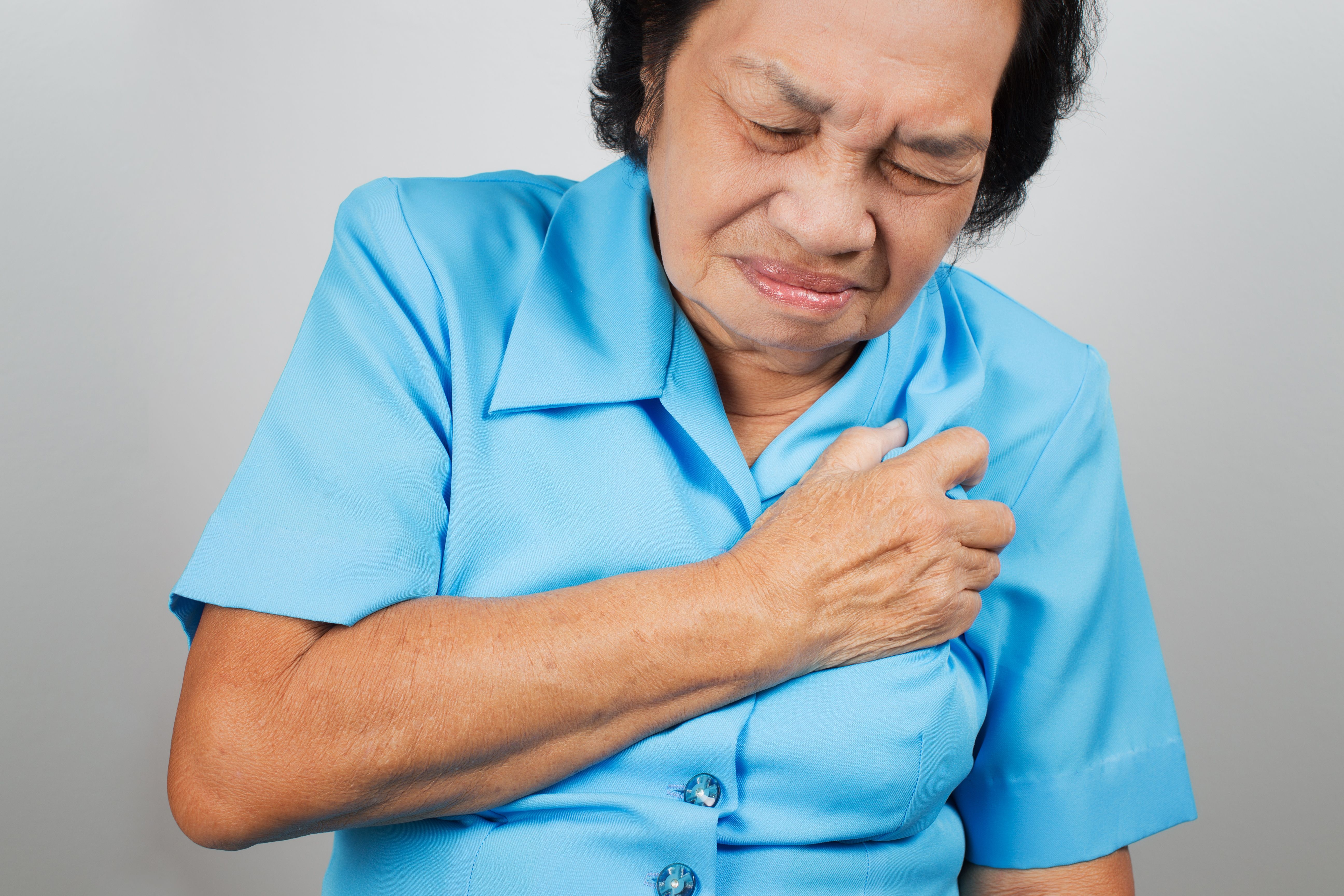Article
Bone Density Scans Can Help Identify Women with Increased ASCVD Risk
Author(s):
An analysis of data from more than 12k women suggests use of DXA scans can help predict women with increased risk of ASCVD events and also sheds light on the relationship between osteoporosis and cardiovascular health.
This article was originally published on EndocrinologyNetwork.com.

New research from a team in Asia suggests clinicians could use dual-energy x-ray absorptiometry (DXA) scans in aging women to help predict risk of atherosclerotic cardiovascular disease events.
An analysis of DXA scans from more than 12,000 women treated at the Seoul National University Bundang Hospital, results indicate women with thinning or weakened bones were at increased risk of atherosclerotic cardiovascular disease events and a diagnosis of osteoporosis was independently associated with increased risk as well.
"Considering that [DXA scanning] is widely used to screen for osteopenia and osteoporosis in asymptomatic women, the significant association between [bone mineral density] and higher risk of [cardiovascular disease] provides an opportunity for large-scale risk assessment in women without additional cost and radiation exposure,” wrote investigators.
With an interest in further understanding the relationship between osteoporotic and atherosclerotic conditions, a team made up of 6 clinicians from Seoul National University Bundang Hospital designed the current study to assess whether evaluations of bone mineral density (BMD) could provide prognostic value for predicting atherosclerotic cardiovascular disease (ASCVD) in women. To do so, investigators designed their study as a retrospective analysis of women aged 50-80 years who had undergone DXA scan at the hospital from 2005-2014 and free from cardiovascular disease at baseline.
Additionally, patients were excluded if they had a history of malignant tumor, chronic kidney disease, or prior treatment for osteoporosis. Initially, 14,333 patients with DXA were identified and, after application of inclusion criteria, a final cohort of 12,681 was identified for analysis. This cohort had a mean age of 63.0±7.8 years, a mean BMI of 24.1±3.2 kg/m2, and a median follow-up of 9.2 (IQR, 3.5-11.5) years.
The primary outcome of the analysis was incidence of ASCVD events, which was defined as ASCVD death, non-fatal myocardial infarction, and non-fatal ischemic stroke. For the purpose of analysis, investigators planned to use Cox proportional hazard regression modeling to estimate hazard ratios for ASCVD events for reach 1-SD decrease in BMD at multiple measurement sites, including lumbar spine, femur neck, and total hip. Of note, these models were adjusted for multiple clinical risk factors, such as age, body mass index, hypertension, type 2 diabetes, hyperlipidemia, smoking status, and history of fracture.
During the follow-up period, 468 (3.7%) experienced ASCVD events, including 237 (2%) deaths. Initial review indicated age, current making, and type 2 diabetes mellitus were independently associated with increased risk of ASCVD events.
Upon analysis, lower BMD at lumbar spine, femur neck, and total hip was independently associated with higher risk for ASCVD ([aHR, 1.16; 95% CI, 1.07-1.24; P <.001], [aHR, 1.29; 95% CI, 1.15-1.45; P <.001], [aHR, 1.38; 95% CI, 1.25-1.53; P <.001], respectively). Results also indicated patients with osteoporosis had a significantly greater risk of experiencing an ASCVD event (aHR, 1.79; 95% CI, 1.32-2.44; P <.001).
Investigators pointed out the addition of BMD or a clinical diagnosis of osteopenia or osteoporosis to clinical risk factors resulted in significant incremental value in discriminating ASCVD events (additional of total hip BMD, P <.001).
In a related editorial, Dexter Canoy, MD, PhD, and Kazem Rahimi, MD, MSc, both of the University of Oxford, commended investigators for the insights provided by the results of their study. The pair felt a greater understanding of the relationship between osteoporotic and atherosclerotic conditions could lead to improvements in care of an aging population.
"Perhaps it is high time to establish how bone health affects vasculature and understand the underlying pathophysiology that links osteoporotic and atherosclerotic conditions. In doing so, we might just discover new ways to improve the treatment of, and care for, the hearts and minds of women, as well as of men,” wrote the pair.
This study, “Prognostic value of lower bone mineral density in predicting adverse cardiovascular disease in Asian women,” was published in Heart.





